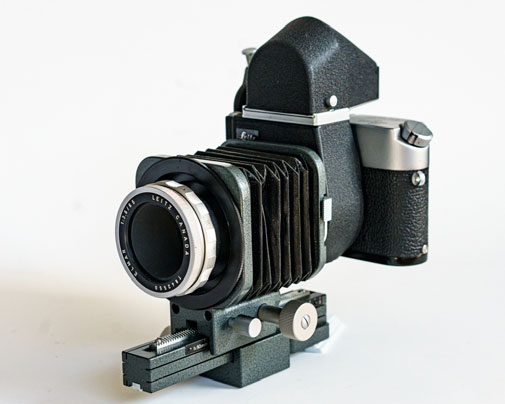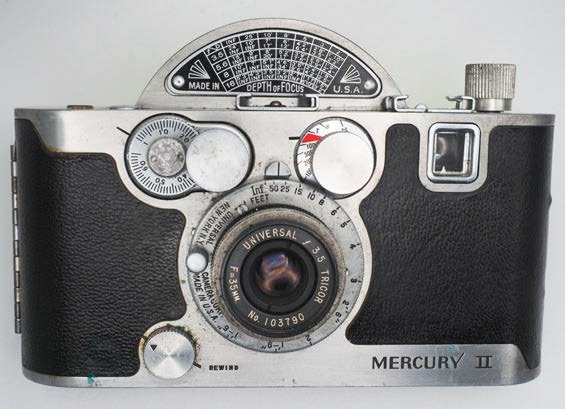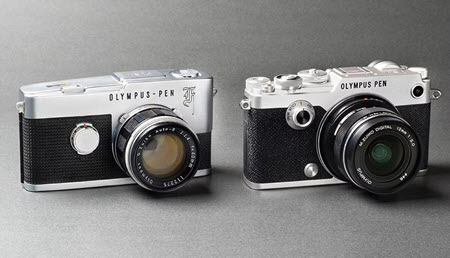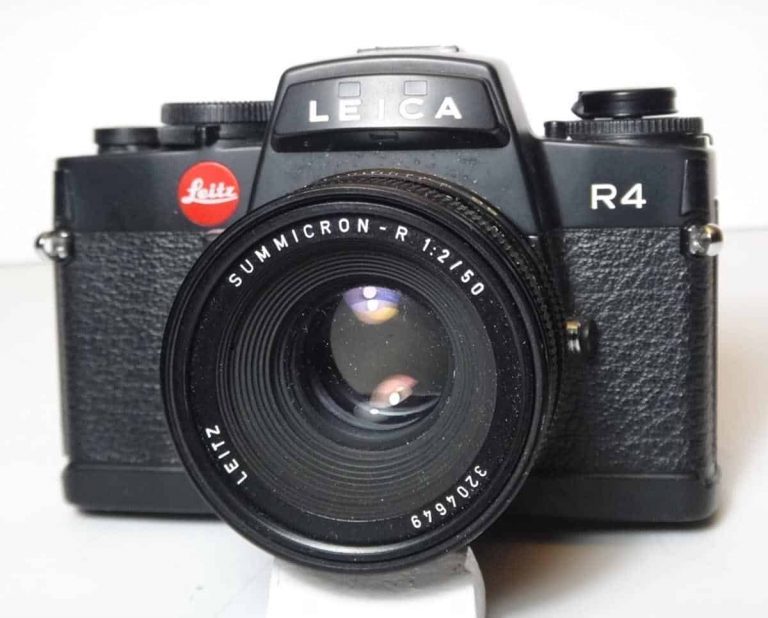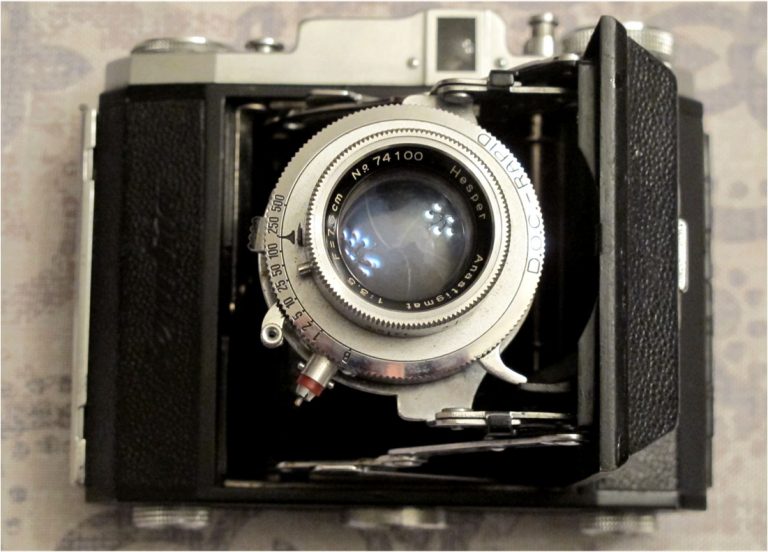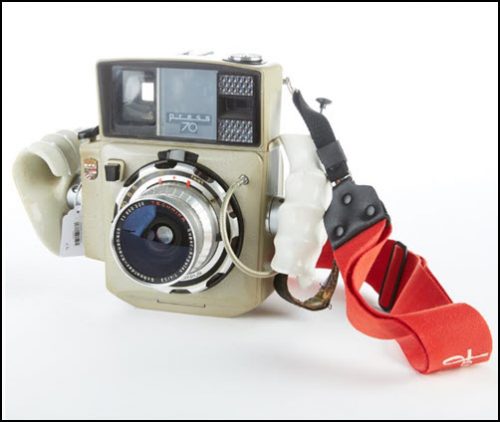Story by PHSNE Board Secretary Larry Woods

Most cameras with a battery-powered meter built or designed before 1975 had a common problem: they used a mercury battery. Mercury batteries supplied a very consistent voltage, which made the meter easier to design. The problem is that mercury batteries are now recognized as environmentally toxic. Their manufacture has been discontinued, and they are not available.
Most metered cameras of the era (most compact rangefinders, Canon FTb, Olympus OM-1, Nikon Photomic, Minolta SRT) used PX-13/PX625 mercury batteries. Pentax Spotmatics (except the F) used a PX400 battery. There are a few other mercury battery sizes less commonly used that are harder to find a modern substitute for.
Modern silver/alkaline button cells produce a nominal 1.5 volts. Mercury batteries produced 1.35 volts. Although a small difference, it is enough to alter the exposure indicated by a meter. Furthermore, in most meters, the exposure difference is not linear – indicated exposure varies from the correct exposure by different amounts whether in bright or dim light, so you can’t simply adjust the ISO speed to compensate.
There are four solutions: all involve supplying a reduced voltage for the meter. 1) Using a zinc-air technology hearing aid battery, which produces 1.4 volts, 2) using a Wein (brand name) battery, a modified zinc-air battery, 3) using a battery adapter with a diode built in that reduces the 1.5 volts put out by a modern battery to 1.35 volts, and 4) having a camera repair person install the proper diode into the camera’s circuit.
The last option is the most expensive, won’t necessarily work on a specific camera model, and most camera repair people don’t do it. If you find a repair person who can do this on the camera you want, and you plan to use that camera well into the future, consider it. The other options are transferable between cameras – just move the battery/adapter.
The main problem with zinc-air batteries is that they last a short time – a couple weeks to a couple months for a hearing aid battery, a couple months to maybe 6 months for the Wein battery. You may need an O ring or other spacer to fit a small hearing aid battery into the camera’s battery compartment. Also note the last paragraph of this article, which talks about 1.4 volt batteries in brass adapters. These are the cheaper short-term solutions. The Wein battery is the simplest solution. You just put the battery in the camera. It fits without fiddling around with spacers. It comes in both 625 and 400 versions.
A battery adapter with a diode is a more expensive solution, but better for the long term. An MR-9 adapter replaces the PX-13/PX625 battery, typically takes a 1.5V 386 battery and puts out 1.35V. A camera using multiple batteries like a Nikon F, would need one adapter for each battery, which gets more expensive.
Three companies appear to make MR-9 adapters: 1) Small Battery Company in England shows an MR-9 adapter for about 30 pounds. They also have an “H-B” adapter for Spotmatic cameras. 2) CRIS in Arizona—their MR-9 adapter is about $40. I bought a Criscam adapter about 20 years ago, and have been happy with it. 3) Kanto Camera—the web site is in Japanese and English, but the prices are all in Yen. Their MR-9 is 3,300 Yen plus shipping. The site also shows adapters for other batteries. You can find the Kanto adapter MR-9 on eBay at prices from about $38 and up. Search eBay for “Kanto MR-9 adapter”.
Note that there are also other “MR-9” adapters on eBay that cost less, starting at about $10 for two, but these appear to be solid metal (brass?) with no voltage adapter. I have no experience with these. They typically take a 675 1.4 volt zinc-air hearing aid battery. Beware of any brass adapters that take a silver or alkaline 1.5V battery. Confirm what hearing aid batteries they take, and try them. They should produce the same results as a hearing aid battery by itself without having to deal with O rings.
What the heck…
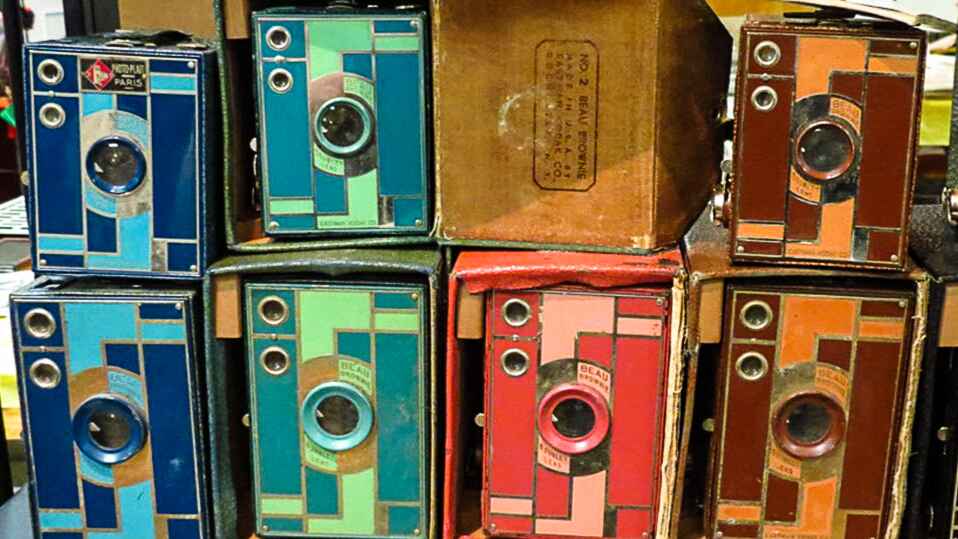
Are Those Even Cameras?!
Join the PHSNE Newsletter and learn more about photographic history and preservation. Already an expert? Come and share your collections and knowledge as we celebrate the history and advancement of photography.

